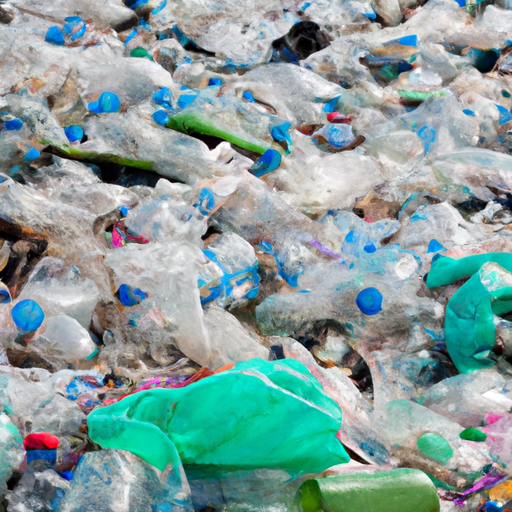Are bioplastics better than traditional plastics? In the ongoing quest to find more sustainable alternatives to traditional plastics, bioplastics have emerged as a promising contender. With their ability to biodegrade and come from renewable sources, bioplastics offer a potential solution to the environmental concerns associated with traditional plastics. However, the question remains: are bioplastics truly better? This article explores the benefits and drawbacks of bioplastics compared to their traditional counterparts, shedding light on their potential impact on our planet.
Environmental Impact
Reduced carbon emissions
Bioplastics have the potential to significantly reduce carbon emissions compared to traditional plastics. The production of bioplastics generally requires less energy compared to petroleum-based plastics, resulting in lower greenhouse gas emissions. Additionally, some types of bioplastics are derived from renewable resources like plants, which absorb carbon dioxide during their growth, further contributing to carbon reduction.
Reduced petroleum dependence
One of the significant advantages of bioplastics is the reduced dependence on petroleum, a non-renewable resource. Traditional plastics are predominantly derived from fossil fuels, contributing to the depletion of these finite resources. Bioplastics, on the other hand, can be produced from renewable resources such as corn, sugarcane, or cellulose. By shifting towards bioplastics, we can reduce our reliance on petroleum and promote a more sustainable approach to plastic production.
Decreased landfill waste
Bioplastics offer the potential to decrease landfill waste. Traditional plastics are notorious for their slow degradation process, leading to long-term pollution in landfills. However, certain bioplastics have been designed to be more biodegradable, breaking down more quickly when exposed to certain environmental conditions. This means that if bioplastics are properly disposed of in appropriate composting facilities, they have the potential to reduce the accumulation of plastic waste in landfills, mitigating the negative environmental impact.
Potential for biodegradability
Biodegradability is a crucial aspect to consider when comparing bioplastics to traditional plastics. Bioplastics can be engineered to be biodegradable, meaning they can break down into natural elements over time, with the help of microorganisms. However, it is important to note that not all bioplastics are necessarily biodegradable. Some bioplastics are designed to be durable and have a longer lifespan, which can be beneficial in certain applications where durability is a priority. Therefore, it is necessary to carefully assess the specific type of bioplastic being used and its suitability for a particular purpose.
Resource Consumption
Renewable resources used
Bioplastics are often made from renewable resources, such as crops like corn, sugarcane, and cellulose from wood. Unlike traditional plastics, which require petroleum, using renewable resources for bioplastic production reduces dependence on finite resources and offers a more sustainable alternative.
Less energy required for production
Compared to the energy-intensive process of producing traditional plastics, bioplastics generally require less energy during their production. The cultivation and harvesting of renewable resources used in bioplastics can be energy-efficient, especially when combined with advancements in agricultural practices. Additionally, the manufacturing processes for bioplastics can be optimized to minimize energy consumption, resulting in reduced overall resource consumption.
Reduced water usage
The production of bioplastics has the potential to reduce water usage compared to traditional plastics. Growing the renewable resources used in bioplastics can often require less water compared to the extraction and refining processes associated with petroleum-based plastics. By utilizing water-efficient agricultural techniques, such as drip irrigation, and employing sustainable water management practices, the water footprint of bioplastics can be further minimized.
Decreased non-renewable resource depletion
Bioplastics offer a pathway to decrease the depletion of non-renewable resources. Traditional plastics rely heavily on petroleum extraction, which has long-term consequences for resource scarcity and environmental degradation. By utilizing renewable resources and reducing the reliance on non-renewable resources, bioplastics help preserve these valuable resources for future generations.
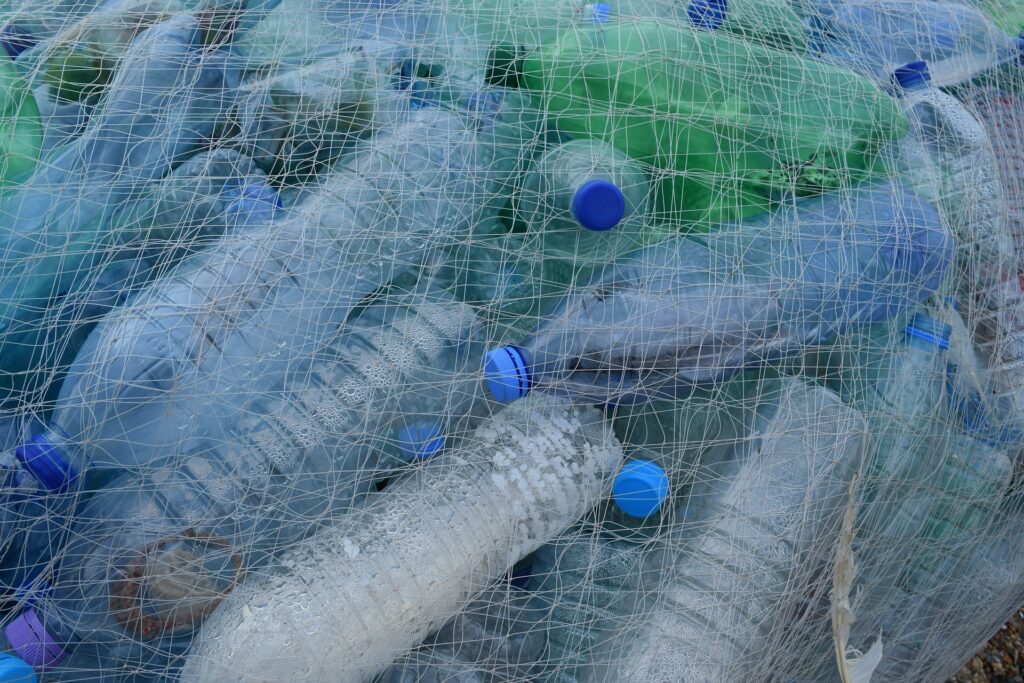
Check Out Our Top Eco Friendly Product Picks On Amazon Here
Biodegradability
Different types of biodegradability
Bioplastics exhibit a range of biodegradability characteristics depending on their composition and design. Some bioplastics, known as compostable bioplastics, require specific conditions, such as high temperatures and microbial activity in industrial composting facilities, to fully break down within a relatively short period. Other bioplastics may degrade naturally over a longer period, requiring environmental factors such as sunlight, oxygen, and moisture. Understanding the different types of biodegradability is essential to ensure appropriate use and disposal of bioplastics.
Time required for biodegradation
The time required for biodegradation of bioplastics varies depending on factors such as composition, thickness, and environmental conditions. Some bioplastics designed for short-term use, such as disposable cutlery or packaging, may degrade within a few months. Others, designed for longer-term applications, may take several years to fully biodegrade. It is important to consider these time frames when assessing the environmental impact and sustainability of different bioplastics.
Suitability for different environments
The suitability of bioplastics for different environments depends on their intended use and the availability of appropriate disposal infrastructure. Compostable bioplastics, for example, are best suited for industrial composting facilities, where the conditions necessary for their breakdown can be maintained. However, challenges arise when such facilities are not widely accessible, as bioplastics may end up in conventional waste streams, potentially hindering their ability to biodegrade as intended. Therefore, careful consideration should be given to the appropriate use and disposal of bioplastics based on their specific characteristics and the infrastructure available.
Impact on wildlife and ecosystems
While biodegradability is generally regarded as a positive attribute, it is important to consider the potential impacts of bioplastics on wildlife and ecosystems. If not properly managed, bioplastics can still pose risks to wildlife, similar to traditional plastics. For example, if compostable bioplastics end up in natural environments, they may not degrade as intended, potentially causing harm to wildlife through ingestion or entanglement. Adequate education, proper disposal methods, and effective waste management systems are essential to minimize these risks and ensure the environmental benefits of bioplastics are maximized.
Toxicity
Reduced use of harmful chemicals
Bioplastics generally have the potential to reduce the use of harmful chemicals found in traditional plastics. Some conventional plastics contain additives such as phthalates and bisphenols, which have been linked to adverse health effects. In contrast, bioplastics can be designed to be free from these harmful chemicals, offering a safer alternative for both human health and the environment.
Potential for toxic leachate
While bioplastics present a reduced risk of toxic leachate compared to certain traditional plastics, it is essential to evaluate their specific composition to ensure they do not release harmful substances when in contact with certain environments. Certain bioplastics, especially those designed for durability, may contain additives or coatings that could release toxic substances when they degrade under certain conditions. As with traditional plastics, rigorous testing and regulation are necessary to minimize any potential risks associated with bioplastic leachate.
Effects on human health
Bioplastics have the potential to provide health benefits due to their reduced reliance on harmful additives. By avoiding chemicals like phthalates and bisphenols, bioplastics decrease the risks of adverse health effects associated with exposure to these substances. However, it is important to note that not all bioplastics are necessarily safer than traditional plastics. Understanding the specific formulation and composition of bioplastics is crucial to ensure they align with desired health and safety objectives.
Disposal considerations
Proper disposal methods are essential to minimize any potential negative impacts of both traditional plastics and bioplastics. Bioplastics that are compostable, for example, should be disposed of in appropriate composting facilities to ensure they degrade correctly. However, challenges arise when adequate composting infrastructure is lacking, potentially leading to ineffective disposal practices. Developing comprehensive waste management strategies, including the establishment of infrastructure that supports the specific disposal needs of bioplastics, is crucial to maximize their positive environmental impact.
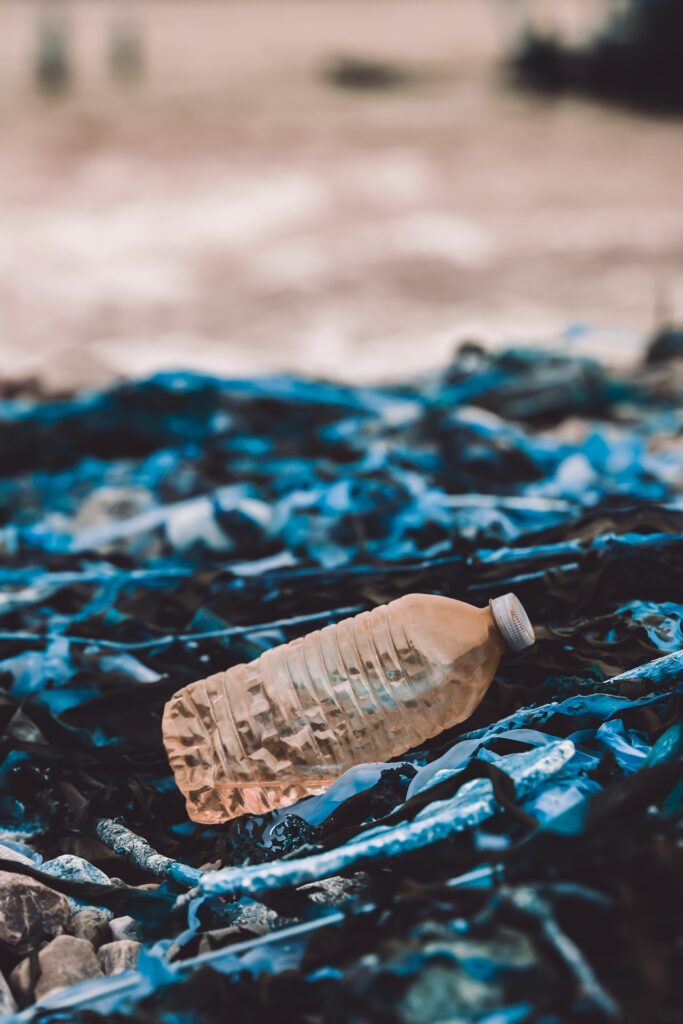
Cost
Comparative production costs
The production costs of bioplastics compared to traditional plastics vary depending on factors such as the specific type of bioplastic and the volume of production. In general, bioplastics may be more expensive to produce than traditional plastics due to factors such as the cost of raw materials, processing techniques, and economies of scale. However, as technology advances and demand increases, the costs of bioplastic production are expected to decrease, eventually making them more economically viable and competitive.
Market demand and pricing
Market demand plays a significant role in determining the pricing and economic feasibility of bioplastics. Currently, the market demand for bioplastics is growing, driven by increasing consumer awareness and corporate sustainability initiatives. This growing demand creates an opportunity for economies of scale, which can help decrease production costs and make bioplastics more affordable for a wider range of applications. Additionally, as sustainability becomes a more significant consideration, consumer willingness to pay a premium for environmentally friendly alternatives may also contribute to the economic viability of bioplastics.
Economic feasibility
The economic feasibility of bioplastics depends on multiple factors, including raw material costs, production efficiency, market demand, and regulatory frameworks. While certain bioplastics may still be more expensive to produce compared to traditional plastics, considerations of long-term environmental benefits and societal preferences towards sustainability are driving the market towards increased adoption of bioplastics. Continued research and development, coupled with supportive policies and incentives, can further enhance the economic feasibility of bioplastics, creating a more sustainable and cost-effective alternative to traditional plastics.
Strength and Durability
Comparison of mechanical properties
The mechanical properties of bioplastics can vary depending on their composition and intended use. Some bioplastics, such as polylactic acid (PLA), can exhibit similar mechanical strength and flexibility to traditional plastics. However, certain bioplastics may have different properties that make them more suitable for specific applications. Balancing strength and durability with environmental considerations is a critical aspect of assessing the suitability of bioplastics for various purposes.
Longevity and resistance to degradation
Bioplastics can have varying lifespans and resistance to degradation, depending on their composition and design. Some bioplastics are designed to be durable, making them suitable for longer-term applications such as durable packaging or automotive components. However, it is important to note that durability can be at odds with biodegradability, as bioplastics designed for durability may have a longer decomposition time. Achieving a balance between durability and environmental impact is essential when considering the lifecycle of bioplastics.
Suitability for different applications
Bioplastics offer versatility in terms of their suitability for different applications. Some bioplastics, like PLA, are commonly used for packaging, disposable cutlery, and non-load-bearing applications where durability is not the primary concern. Other bioplastics, such as polyhydroxyalkanoates (PHAs), possess properties that make them suitable for more durable applications like 3D printing, medical devices, or electronics. Understanding the strengths and limitations of different bioplastics is crucial for selecting the appropriate material for specific applications.
Implications for reuse and recycling
The strength and durability of bioplastics can have implications for their reuse and recycling potential. Some bioplastics can be successfully recycled and reintroduced into the production cycle, while others are less suitable for recycling. It is important to establish appropriate recycling infrastructure and processes that can effectively handle the specific properties and characteristics of bioplastics. Additionally, designing bioplastics with recyclability in mind can further enhance their circularity and reduce waste generation.
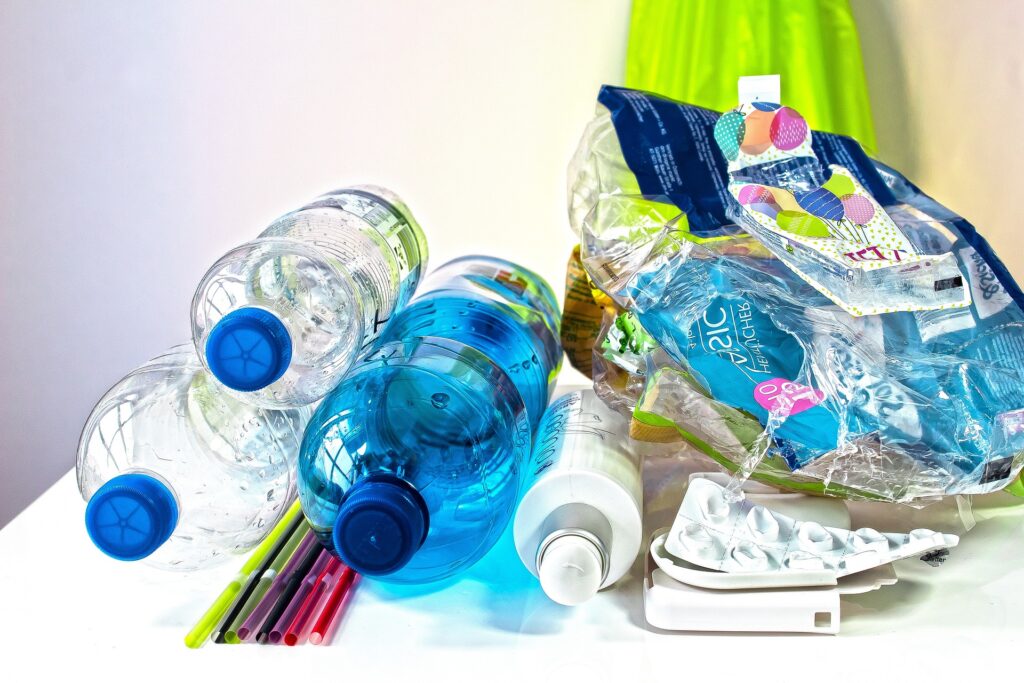
Recycling and Waste Management
Compatibility with existing recycling systems
The compatibility of bioplastics with existing recycling systems is an important consideration for their effective waste management. Some bioplastics can be recycled alongside traditional plastics in existing recycling streams, while others may require separate collection and specialized recycling processes. Ensuring that the recycling infrastructure can accommodate bioplastics is essential for maximizing their potential as a sustainable alternative and minimizing their environmental impact.
Separation challenges
Separating bioplastics from traditional plastics can pose a challenge in the recycling process. Due to their similar appearance, bioplastics can be difficult to distinguish from traditional plastics visually. Implementing efficient separation technologies, such as advanced sorting systems based on material properties or chemical markers, can facilitate the effective separation of bioplastics from traditional plastics, enabling more efficient recycling and reducing contamination.
Recycling rates and infrastructure
The recycling rates of bioplastics are influenced by various factors, including consumer behavior, infrastructure availability, and market demand for recycled materials. Currently, the recycling rates for bioplastics are lower compared to traditional plastics due to limited recycling infrastructure and consumer awareness. Increasing investment in recycling infrastructure, promoting education and awareness about the recyclability of bioplastics, and creating market demand for recycled bioplastics can all contribute to higher recycling rates and a more sustainable waste management system.
Impact on waste management strategies
The incorporation of bioplastics into waste management strategies requires careful planning and coordination. While bioplastics have the potential to reduce the environmental impact of plastic waste, their integration necessitates adjustments to existing waste management systems. Enhancing composting infrastructure, establishing dedicated collection and recycling systems, and educating the public on proper disposal practices are essential components of effective waste management strategies that account for the unique properties of bioplastics.
Quality and Performance
Tolerance to temperature and moisture
The performance of bioplastics, particularly in terms of their tolerance to temperature and moisture, can vary depending on their composition. Some bioplastics may exhibit similar performance to traditional plastics, while others may have limitations in extreme conditions. Factors such as the intended application, environmental exposure, and specific type of bioplastic should be considered when assessing their suitability for different temperature and moisture conditions.
Degradation over time
Bioplastics can degrade over time as a result of exposure to various factors, such as sunlight, heat, and moisture. Some bioplastics are designed to be more resistant to degradation, allowing them to maintain their performance characteristics for more extended periods. Balancing the desired lifespan of a product with the appropriate bioplastic formulation is crucial to ensure it does not degrade prematurely or pose a risk to its intended function.
Availability of different grades
Different grades of bioplastics are available to suit different quality and performance requirements. Bioplastics can be engineered with specific characteristics, such as increased strength, flexibility, or heat resistance, to meet diverse application needs. The availability of various grades enables customization and adaptation of bioplastics for specific industries and sectors, ensuring optimal performance while minimizing environmental impact.
Implications for product lifespan
The choice of bioplastic can have implications for the lifespan of a product. Certain bioplastics are designed to be more durable and have longer lifespans, comparable to traditional plastics. This durability can be advantageous in applications where longevity is important, such as in automotive parts or electronic components. On the other hand, bioplastics designed for short-term use, like packaging or disposable cutlery, have shorter lifespans, contributing to reduced waste when properly disposed of. Selecting the appropriate bioplastic based on the desired product lifespan is essential to achieve the desired balance between performance and environmental considerations.
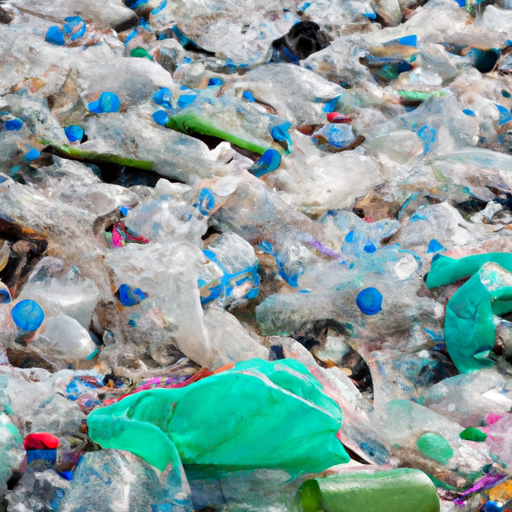
Market Acceptance
Consumer perception and preferences
Consumer perception and preferences play a crucial role in the market acceptance of bioplastics. As environmental consciousness increases, consumers are increasingly seeking sustainable alternatives to traditional plastics. The perception of bioplastics as a more environmentally friendly option can drive consumer demand and influence purchasing decisions. Educating consumers about the benefits and limitations of bioplastics, as well as enhancing transparency and labeling, can further enhance market acceptance and promote the widespread adoption of bioplastics.
Corporate sustainability initiatives
Corporate sustainability initiatives have a significant impact on shaping market acceptance of bioplastics. Many companies are recognizing the environmental benefits and market potential of bioplastics and are incorporating them into their sustainability goals. By prioritizing the use of bioplastics in their products and packaging, companies can effectively communicate their commitment to sustainability and contribute to the growing market demand for bioplastics. Collaboration between industries, governments, and researchers can further accelerate the integration of bioplastics into corporate sustainability strategies.
Government regulations and support
Government regulations and support can significantly influence the market acceptance of bioplastics. Policy measures, including regulations on plastic waste management, plastic bans, or taxes on single-use plastics, can create a favorable environment for the adoption of bioplastics. Additionally, government support through funding for research and development, infrastructure development, and incentives for the use of bioplastics can further stimulate market growth and encourage innovation in the bioplastics industry.
Innovation and research
Ongoing innovation and research are critical for expanding the market acceptance of bioplastics. Investing in research and development helps improve the performance, durability, and cost-effectiveness of bioplastics, making them more competitive with traditional plastics. Advancements in processing techniques, such as fermentation or enzymatic transformation, can also contribute to the expansion of bioplastics’ capabilities and market potential. Collaboration between academia, industry, and governments can drive innovation in the bioplastics sector, fostering the development of new materials, applications, and sustainable solutions.
Future Developments
Research on improved bioplastics
Continuous research on improved bioplastics is a driving force behind future developments in the industry. Scientists and engineers are actively exploring various methods to enhance the performance, durability, and biodegradability of bioplastics. From exploring new feedstocks and optimizing chemical processes to engineering novel molecular structures, ongoing research aims to create bioplastics that meet the increasingly stringent demands for sustainability, cost-effectiveness, and performance.
Advancements in processing techniques
Advancements in processing techniques are integral to the future development of bioplastics. Developing innovative methods that maximize efficiency and minimize energy consumption during production can significantly enhance the economic viability of bioplastics. Additionally, advancements in techniques like 3D printing or additive manufacturing enable the production of complex shapes and structures using bioplastics, expanding their potential applications and market reach.
Scaling up production
Scaling up the production of bioplastics is a critical step towards meeting the growing demand and driving down costs. As market demand for sustainable packaging and products continues to rise, the ability to produce bioplastics at large scales becomes increasingly important. Investments in manufacturing infrastructure, increased collaboration between stakeholders, and improved supply chain logistics are necessary to facilitate the widespread availability and affordability of bioplastics.
Integration of bioplastics into circular economy
The integration of bioplastics into the circular economy represents an exciting opportunity for future development. By designing bioplastics with recyclability and compatibility in mind, they can be effectively incorporated into existing recycling systems. Furthermore, exploring the potential for bioplastics to be a feedstock for other processes, such as biofuels or chemical production, can increase their value and promote a closed-loop system. The integration of bioplastics into the circular economy ensures that their full lifecycle is considered, from production to disposal, maximizing their environmental benefits and reducing waste.

